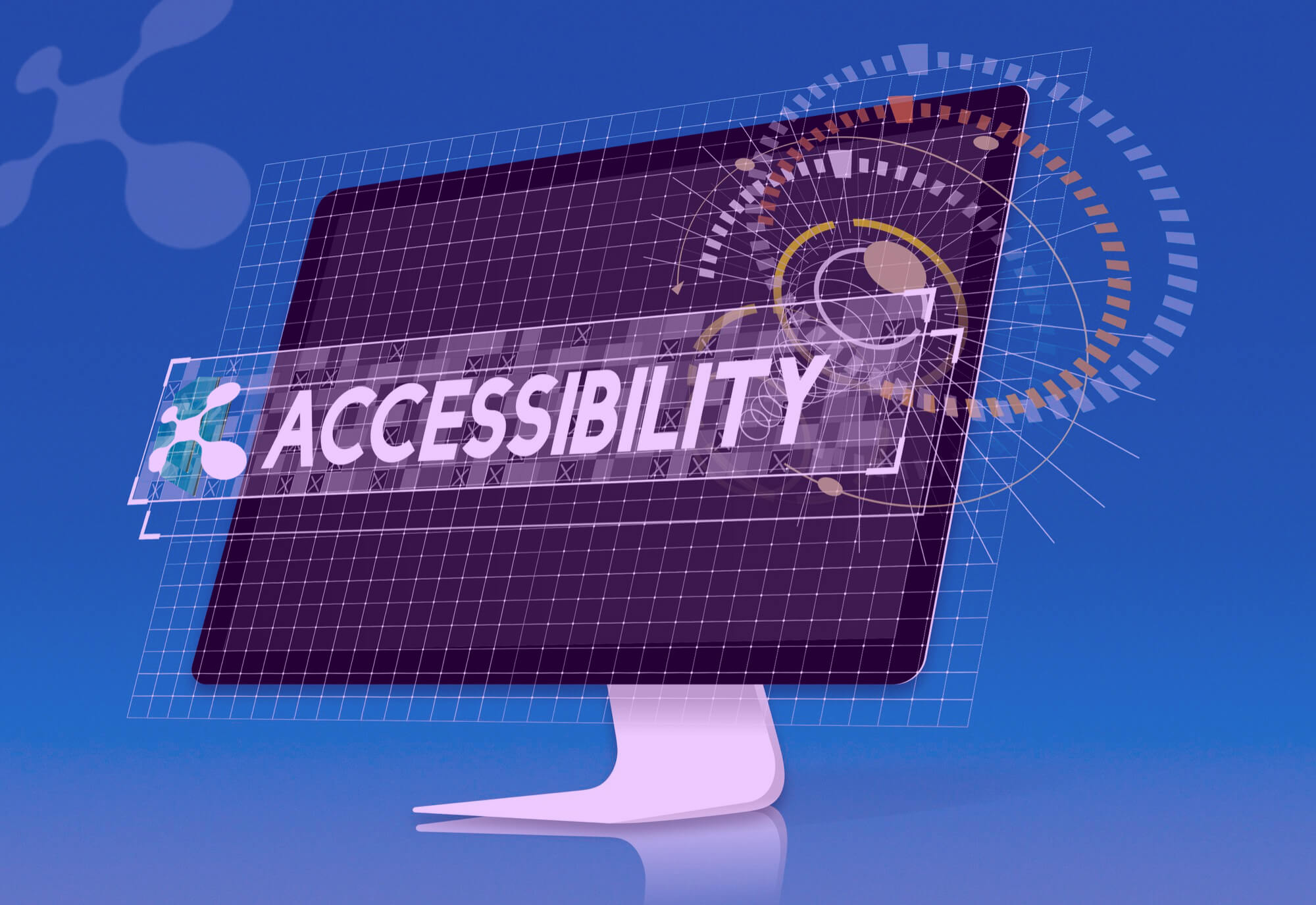Whether it is a website of a company or a digital product, everyone deserves and has the right to have the accessibility to these. Whether a normal human being or a person with disabilities, web accessibility audit ensures that everyone has access to websites or any other digital products. Either for legal or ethical reasons, an accessibility audit is a must in today’s tech era.
In recent times, 23% lawsuits related to the Americans with Disabilities Act (ADA) and Section 508 increased which clearly indicates that everyone must have access to any company’s websites and digital products or services. You must comply with the Web Content Accessibility Guidelines (WCAG) before launching a website, digital product, or services.
Why is accessibility audit important?
In this digital era, internet usage is a basic need for all of us in our daily life. According to global research, almost 75% of the population with disabilities in the USA are internet users. But many websites still create barriers for the people with disabilities to use because of lack of technological cooperation.
For instance, without closed captions, individuals who are deaf or hard of hearing may struggle to follow video content, missing out on both dialogue and audio cues. Similarly, when images lack descriptive alt text, screen reader users may be unable to grasp key visual information. This is why accessibility audits are crucial. Conducting an audit is a crucial first step in making sure digital content is usable by everyone. It ensures that websites and apps can be perceived, understood, navigated, and interacted with by people of all disabilities.
Accessibility audits highlight problem areas and help teams take actionable steps to create a more inclusive and user-friendly online experience.
When should you perform an accessibility audit?
The best time to perform an accessibility audit is the time before launching your website or redesigning it. It saves time & money, is much hassle-free, and less-labor intensive. But if your company is bound to comply with the accessibility law, you must perform an web accessibility audit immediately to avoid any legal issues in the near future or in the long-run. An accessibility audit indicates how compliant your website or other digital products or services are.
Conducting an accessibility audit offers advantages that go way beyond meeting legal requirements. If your goal is to improve the overall user experience of your website, make it more accessible in an effective way to increase its usability for everyone. In fact, many popular features we now take for granted like text autocomplete and voice commands on smartphones were originally developed to assist people with disabilities.
This completely makes sense that the real motive of accessibility is to make websites and other digital products or services more accessible to everyone and make an inclusive digital experience.
An usual benefit of conducting an accessibility audit is its positive impact on search engine optimization (SEO). With Google's introduction of Core Web Vitals and the page experience update, there is a clear shift toward prioritizing user experience in search rankings. Many of the principles behind web accessibility closely align with the usability metrics Google values. For instance, the way a screen reader used by a blind person navigates your website is quite similar to how a search engine bot crawls it. By performing an accessibility audit, you gain valuable insights into your site’s overall functionality and user-friendliness, factors that directly support and enhance your SEO performance.
WCAG compliance and accessibility audits
If you are aware of accessibility regulations, you are likely to be enlightened with the Web Content Accessibility Guidelines (WCAG). It was formed by the World Wide Web Consortium (W3C), a leading global community of accessibility experts and organizations – WCAG serves as an internationally recognized framework for digital accessibility. Though WCAG compliance is not legally required, nor directly specifically cited in the Americans with Disabilities Act (ADA) as a required standard, aiming to meet WCAG compliance will increase the goodwill of your organization. These compliances are considered as global standards, widely adopted, and continually refined by accessibility experts, making them a trustworthy and practical benchmark for improving accessibility.
WCAG is a technical framework primarily designed for web developers, which can make it seem overwhelming at first glance. However, gaining a general understanding of how WCAG compliance is structured is essential to help you and your company better navigate accessibility efforts and how to prioritize your work. Let us take a moment to review the key fundamentals you should be aware of.
The WCAG standard is built around a series of success criteria, each assigned a conformance level: Level A, Level AA, or Level AAA. Level A addresses the most essential and foundational accessibility requirements and should be considered as the highest priority. Level AA, which includes all Level A criteria plus additional guidelines, is generally considered the standard target for most organizations, as it accommodates a wide range of disabilities.
Level AAA represents the highest possible level of accessibility. However, it is not typically recommended as a universal goal for the whole website, since all content cannot practically meet these stringent standards. With an understanding of these conformance levels, you can more effectively get the findings of your accessibility audit and focus on resolving Level A and Level AA issues first.
Types of accessibility audits
There are two main methods for assessing your website’s accessibility: automated audits and manual audits.
Manual accessibility audits are the most comprehensive option, allowing you to evaluate how well your website works with assistive technologies like screen readers and keyboard navigation. Their key strength lies in their depth and accuracy. However, they can be time-consuming, require specialized expertise, and often come with higher costs, particularly if you hire external consultants or experts.
Automated accessibility audits, on the other hand, offer a more cost-effective and efficient way to identify common and recurring accessibility issues. Automated tools can quickly scan pages and highlight violations, saving time and internal resources. The limitation, however, is that these tools typically detect only 30 – 40% of issues outlined in the WCAG compliance. So, solely relying on automation will not be sufficient for achieving full WCAG compliance.
A hybrid accessibility audit combines both manual and automated auditing techniques, offering the best of both techniques. This blended strategy allows organizations to customize their auditing process based on their resources, goals, and timelines. For example, you might start with a thorough manual audit to establish a strong accessibility baseline, then maintain compliance through ongoing automated checks. This way, you benefit from the strengths of each method while covering the gaps where either one alone might fall short.
Testing tool for accessibility audits
To audit your website’s accessibility effectively, having a reliable accessibility testing tool is mandatory. When selecting a tool, consider one that offers the following capabilities:
- Supports audits for large-scale websites, including those with multiple subdomains and thousands of pages
- Classifies accessibility issues by WCAG conformance level
- Covers a wide range of content types, including HTML pages, PDFs, and multimedia files
- Delivers clear explanations for each identified issue
- Offers actionable guidance and recommendations for resolving accessibility problems
Choosing a tool with these features will help ensure a thorough and efficient audit process, enabling your organization to better meet accessibility standards.
Check your website accessibility for free with Webmax’s web accessibility checker
Web accessibility audit result
Develop an organizational accessibility strategy
You have to start by clearly defining roles and responsibilities across your organization to ensure everyone understands their part in making your website accessible. With those roles established, collaborate with your team to identify and prioritize which accessibility issues to tackle first – based on your goals, available resources, and team expertise. To support this process, consider using a tool like the Accessibility Roles and Responsibilities Mapping (ARRM) matrix, which outlines key stakeholder roles and maps them to relevant WCAG success criteria, establishing the task of assigning accountability.
Adopt a sustainable approach to accessibility maintenance
Remember that accessibility is a continuous process, not a one-time task. When addressing accessibility issues, it is important to fix them directly in your website’s source code. Temporary solutions such as accessibility overlays, toolbars, or widgets are not compliant, as they do not solve the accessibility issues within the code itself. As you design and publish new content, do it with accessibility in mind from the outset to reduce the likelihood of introducing new issues. To ensure ongoing accessibility, perform regular audits or use monitoring tools like Siteimprove. These tools can help you track accessibility in real time, delegate tasks across your team, and monitor progress through detailed reporting.




